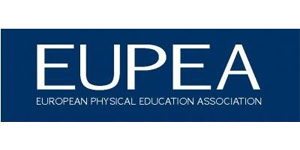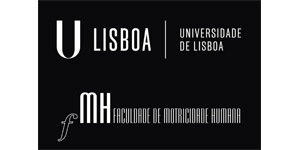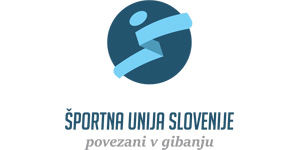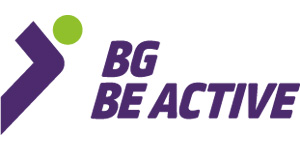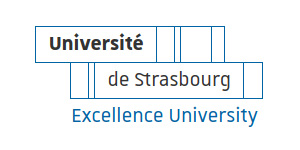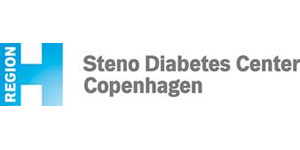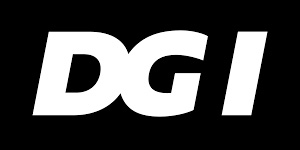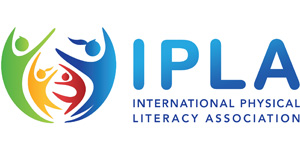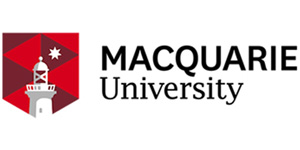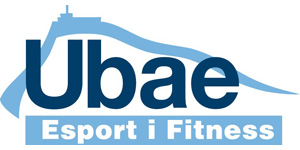Physical Literacy for Life Means Movement for Life
Literacy is embedded in our understanding of education as developing the ability to read and write – so what does it mean to be “physically literate”? The Erasmus+ supported Physical Literacy for Life project is exploring this emerging concept, putting a spotlight on movement as a vital aspect of lifelong learning.
The International Sport and Culture Association (ISCA) is coordinating the project, which sees physical literacy experts from two continents joining forces with grassroots sport organisations. Together, they are developing theoretical and practical resources to help teachers and coaches integrate physical literacy into their delivery of physical education, physical activity and sport programmes.

What is Physical Literacy?
“The concept of physical literacy is very much built around how humans learn through movement. And that’s not just how to move, but learning how to interact with others, how we learn to think differently, and how we learn to flourish in our human life. Physical activity, and movement more broadly, is the means by which we learn physical literacy.”
Dean Dudley, physical literacy expert from Macquarie University, Australia

Physical Literacy for Life
Visit the Physical Literacy for Life homepage for regular updates on newly published resources and events organised through the project, or opportunities to learn more about physical literacy through our networks. Sign up to the ISCA newsletter - to be the first to access the following tools.
A definition and overview of the dimensions of physical literacy confirmed by experts and based on the latest global research, evidence and practice. We will alleviate confusion surrounding the concept, so that teachers and coaches can effectively help children, adults and elderly people develop physical literacy.
Online self-assessment tools and coaching for three target groups: for PE teachers to give them an immediate picture of the way they are integrating physical literacy in their teaching, and for coaches and club administrators to given them an impression of how they integrate physical literacy in their coaching/training.
A Physical Literacy Advocacy Toolkit – the ultimate guide for people involved in education, physical education, physical activity, sport, health, politics … anyone interested in developing human beings as a whole person, a physically literate citizen!




